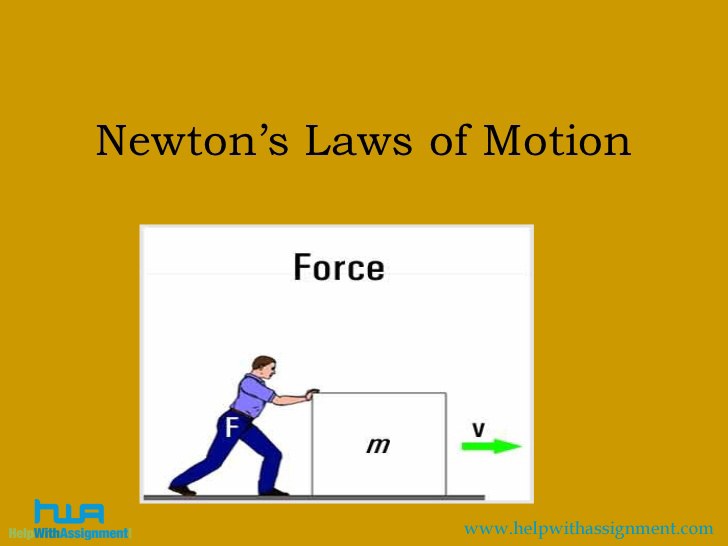- Home
- About Us
- Services
- Online Assignment Help
- Auditing Assignment Help Service
- Nursing Assignment Help
- Excel Assignment Help
- Advanced Economics Homework Help
- XML Assignment Help
- Strategic Management Assignment Help
- Logarithm Assignment Help
- Probability Assignment Help
- Matrices Assignment Help
- Commercial Bank Management
- Thesis Proposal Help
- Corporate Strategy
- Electrical Engineering
- Civil engineering
- Mechanical Engineering
- Electronics Engineering
- Financial Plan Development
- Research Paper
- Political Science Assignment Help
- Operations Management Assignment Help
- Computer Vision Assignment Help
- Commercial Bank Management
- IT Security Assignment Help
- College Essay Help
- Term Paper Help
- Medical Science Assignment Help
- Nursing Thesis Writing Help
- Religion
- Thesis Help
- Supply Chain Management Assignment Help
- Australia Assignment Help
- Cause and Effect Essay
- International Finance Assignment Help
- Statistics Assignment Help
- Computer Science
- Information Technology
- Bioinformatics Assignment Help
- Biostatistics Assignment Help
- Excel Assignment Help
- Taxation
- Research Proposal Help
- SAASU Assignment Help
- Auditing Assignment Help Service
- Workplace Learning in Finance
- Dissertation & Homework Help
- Custom Essay Writing Help
- Online Assignment Help
- Reviews
- Tutors

Newton’s Laws of Motion in Physics
Newton’s experimental observations and conclusions are divided in three parts –
Newton’s First Law of Motion: it states that every body continues to be in state of rest or of uniform motion along a straight line unless it is compelled to change that state by an applied force.
Newton’s Second Law of Motion: It states that the rate of change of momentum of a body is proportional to the impressed force and acts in the direction of the force.
Newton’s Third Law of Motion: It states that to every action, there is an equal and opposite reaction.
Salient Features of First Law:
- This law qualitatively defines the force.
- The inability of the body to change its state is called inertia. So, it is known as the law of inertia of Galilio.
- Inertia resists change in the state of motion of the body.
- Force tends to overcome inertia.
Some interesting examples of First Law
- If a body is thrown up from a uniformly moving train then it returns back to the same place.
- When a stationery vehicle suddenly moves then the passengers inside the vehicle fall backwards.
- When a carpet or a blanket is beaten with a stick then the dust particles are separated out of it.
- A coin on the cardboard placed on glass falls into the glass if it is given a sudden jerk.
- If a moving vehicle suddenly stops then the passengers inside the vehicle bend forward.
- The window glass pane is bored by a bullet from a gun.
Salient features of Newton’s Second Law:
A force F acting on a body is equal to its change in momentum per second.
F = Mass of the body × Change in velocity per second
= ma
Therefore, F = k ma (where k is a constant)
But, k =1, from experiments
F = ma
Weight – the weight of a body is equal to the force with which the body is attracted by the earth towards its centre.
Salient features of Newton’s Third Law
- Action – reaction forces always occur in pairs.
- If a body A exerts a force (action) on a body B, then B will exert an equal and opposite force (reaction) on A.
- When a force acts on a body then the reaction acts normally to the surface of the body.
- These forces are produced between objects by direct contact when they touch, or by gravitational forces, for example, when they are apart.
Some practical examples of Newton’s Third Law:
- If a ball is kicked upwards, the force on the ball by the kicker is equal and opposite of the force on the kicker by the ball. The initial upward acceleration of the ball is usually very much greater than the downward acceleration of the kicker because the mass of the ball is much less than that of the kicker.
- In the case of a rocket, the downward force on the burning gases from the exhaust is equal to the upward force on the rocket.
For more details you can visit our website at https://www.helpwithassignment.com/physics-assignment-help and http://www.helpwiththesis.com
This article is in continuation with our previous articles on Physics which include Magnetism, Magnetism Moving Coil Galvanometer, Units and Dimensions
We deliver a well-researched academic paper tailored to your specifications at a fair price while ensuring timely delivery. Our service is known for providing top-scoring, plagiarism-free research papers. Additionally, we offer unlimited revisions and 24/7 customer support as part of our commitment to quality.
So, don’t hesitate—place your order today and receive expert academic assistance instantly!



